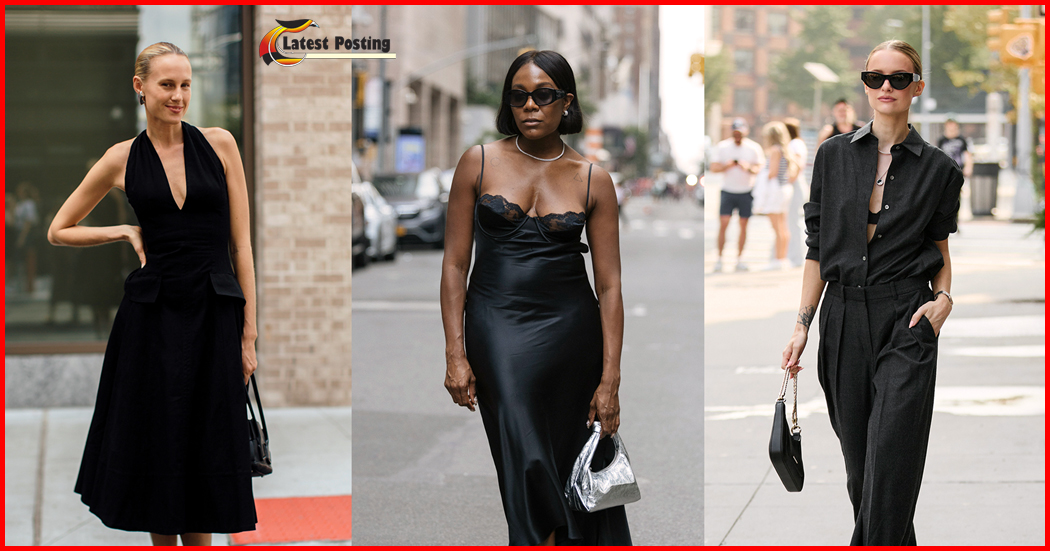Few garments possess the timeless allure and versatility of the black dress. Revered by fashion icons and everyday women alike, the black dress, often referred to as the “little black dress” or LBD, transcends trends and seasons, earning its place as a quintessential wardrobe staple. Its origins, evolution, and enduring appeal make the black dress a fascinating subject in the world of fashion.
The Origins of the Black Dress
The concept of the black dress can be traced back to the 1920s, an era marked by significant shifts in fashion and societal norms. The legendary Coco Chanel is often credited with popularizing the little black dress. In 1926, Vogue published an illustration of a simple, short black dress. Designed by Chanel, dubbing it “Chanel’s Ford,” a reference to the Model T car for its accessibility and universal appeal. This moment marked the beginning of the black dress’s journey to becoming an essential item in women’s fashion.
Evolution Through the Decades
Throughout the decades, the black dress has evolved, reflecting the changing tastes and cultural influences of each era. In the 1950s, Audrey Hepburn immortalized the black dress in the film “Breakfast at Tiffany’s,” where her Givenchy gown epitomized elegance and sophistication. The 1960s and 1970s saw the dress take on various forms, from mod-inspired minis to flowing bohemian maxis, adapting to the vibrant, experimental spirit of the times.

The 1980s introduced bold, statement-making black dresses with padded shoulders and intricate details. While the 1990s embraced minimalism, with sleek, simple silhouettes becoming the norm. Today, the dress continues to be a canvas for designers to explore, offering endless variations that cater to diverse tastes and occasions.
Versatility and Appeal
One of the black dress’s most significant strengths is its versatility. It can effortlessly transition from day to night, from casual to formal, and from season to season. A black sheath dress, for instance, can be worn to the office with a blazer and pumps, and then transform for an evening out with statement jewelry and stilettos. The adaptability of the dress makes it an invaluable asset in any wardrobe.
Moreover, the dress is universally flattering. Its slimming effect and ability to complement all skin tones contribute to its widespread popularity. Whether in a classic A-line, a figure-hugging bodycon, or a flowy maxi style, the dress has a silhouette that suits every body type and personal style.
The Modern Black Dress
In contemporary fashion, the dress continues to be reimagine in innovative ways. Designers experiment with fabrics, textures, and cuts to create fresh takes on this timeless piece. Sustainable fashion movements have also embraced the dress, offering eco-friendly versions. Made from recycle materials or ethically sourced fabrics, ensuring that the remains relevant in an age of environmental consciousness.
Additionally, the rise of gender-neutral fashion has seen the dress. Being worn and style in diverse ways, breaking traditional gender norms and expanding its appeal.
Conclusion
It is more than just a piece of clothing. It is a symbol of elegance, versatility, and enduring style. From its inception in the 1920s to its modern-day iterations, the dress. It has proven to be a reliable and chic choice for women around the world. Its ability to adapt to changing fashions while maintaining its classic appeal ensures. That the dress will remain a cornerstone of fashion for years to come. Whether you are dressing for a casual day out or a formal event, the dress is a timeless option that never fails to impress.




